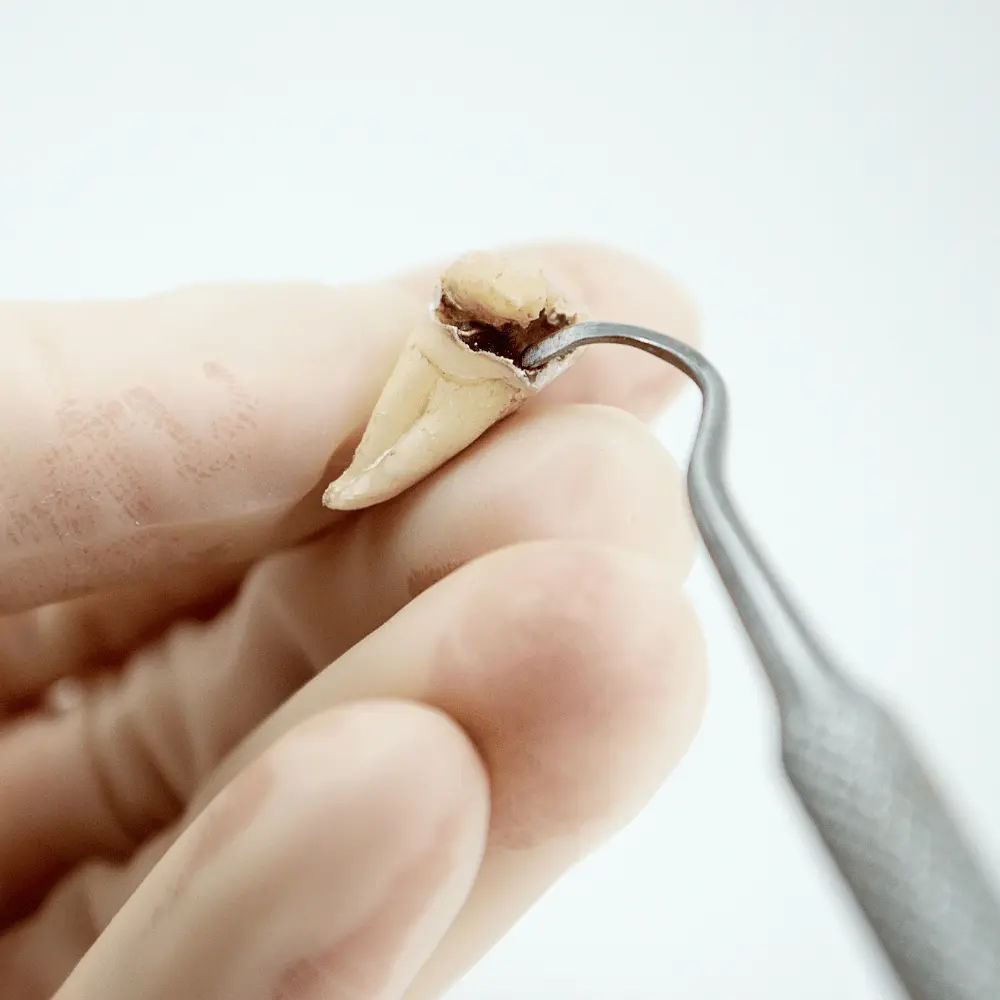Mold in cups is a common issue that often goes unnoticed, putting our health at risk and compromising the cleanliness of our homes. With a variety of factors contributing to mold growth, it’s essential to understand how to prevent it and, if necessary, remove it effectively. In this comprehensive guide, we will explore everything you need to know about mold in cups, including prevention techniques, expert removal tips, and the importance of maintaining a healthy environment in your home. Backed by research and expert advice, we’ll provide you with actionable insights and a wealth of knowledge, empowering you to tackle this pesky problem and ensure the safety and well-being of you and your loved ones. So, let’s dive in and start demystifying the world of mold in cups!
Mold in Cups: Key Takeaway
- Mold or Mildew growth in cups can pose health risks, making it crucial to understand the causes and implement proper cleaning and storage techniques to prevent its development.
- Regular inspection and prompt action are essential for keeping your cups mildew-free and maintaining a hygienic drinking experience.
- Utilize natural mildew removal solutions, such as vinegar, baking soda, or commercial products for stubborn mildew stains; always follow the manufacturer’s guidelines.
- Ensure a thorough cleaning and complete air-drying of reusable cups and bottles after each use, disassembling all components to prevent mildew growth in hard-to-reach areas.
- Monitor and maintain optimal humidity levels in your home, as high humidity can encourage mildew growth; address any issues immediately to protect your health and preserve the quality of your beverages.
Understanding Mold in Cups
Mold in cups is a widespread issue that not only affects the taste and smell of your favorite beverage but also poses potential health risks. In this section, we will delve into the factors that contribute to its growth in cups, the common types of mildew you may encounter, and the health risks associated with its exposure.
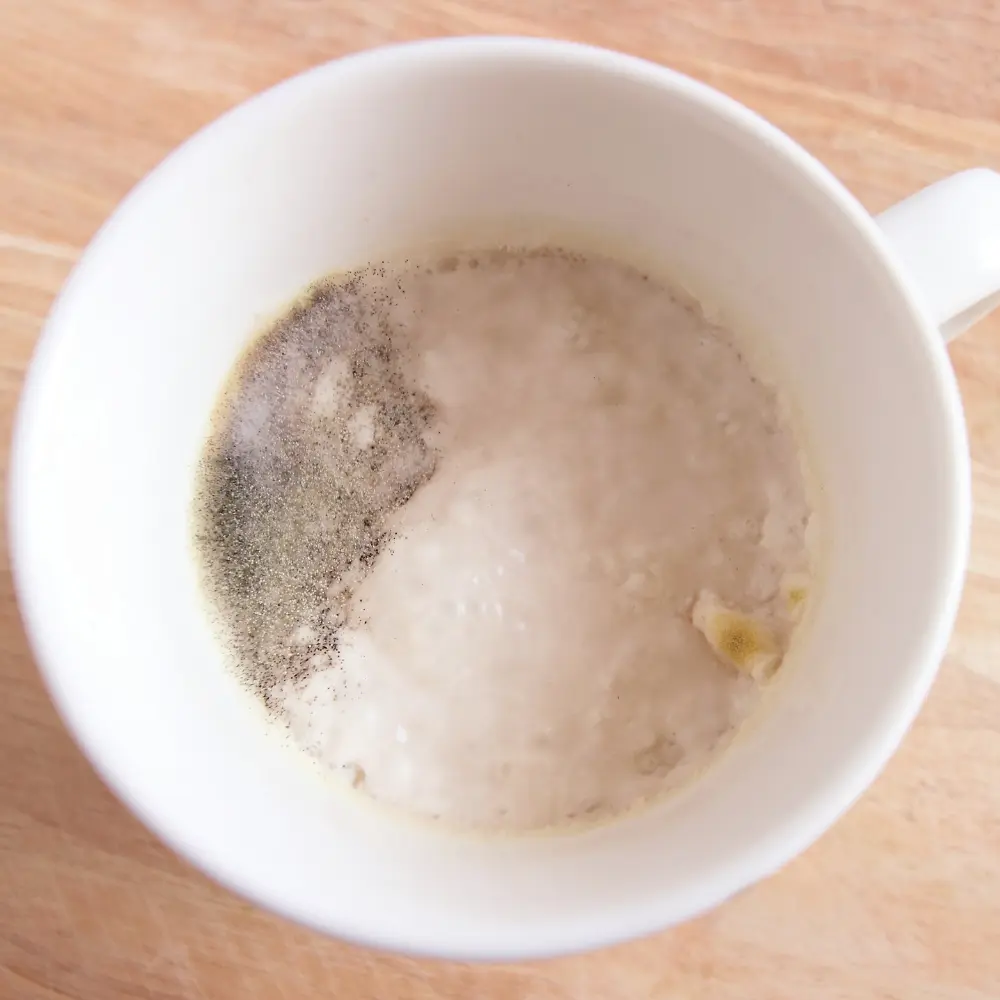
What Causes Mold Growth in Cups
Mold or Fungal growth in cups is primarily due to the presence of moisture, warmth, and organic matter – the perfect breeding ground for fungus spores. The following factors contribute to mildew growth in cups:
Residual moisture: Failing to dry cups thoroughly after washing or leaving leftover liquid inside creates a moist environment that promotes fungal growth.
Warmth: fungus thrives in warm conditions. Storing coffee cups in warm, dark cupboards or near heat sources can increase the chances of its development.
Poor ventilation: Storing cups in a poorly ventilated area, such as a tightly closed cabinet, can lead to excess humidity.
To prevent mold in coffee cups, it is essential to address these factors and maintain proper hygiene and storage practices.
Common Types of Mold Found in Cups

Various types of mildew can grow in cups, but some are more common than others. The most frequently encountered include:
Aspergillus: Aspergillus is often found in moist environments and can grow on almost any surface with organic material, including coffee cups. (1)
Cladosporium: Typically green or brown, Cladosporium is another common fungi species that can develop in areas with humidity. It often grows on food, and household surfaces, including coffee cups. (2)
Penicillium: Penicillium is a mildew species that can grow on various materials, including food and household surfaces. It thrives in areas, dark environments and can also be found in coffee cups. (3)
Mucor: Mucor is often white or gray and can grow in damp, dark conditions. Mucor typically develops on food or decaying organic matter and can infest coffee cups with residual organic material. (4)
Preventing Mold in Cups
Preventing fungal growth in cups is essential for maintaining a healthy and hygienic environment in your home. By adopting proper cleaning, drying, and storage practices, as well as managing humidity levels, you can keep your cups mildew-free and protect your health.
Proper Cleaning and Drying Techniques

The first step in preventing mold growth in cups is ensuring they are cleaned and dried thoroughly. Follow these cleaning and drying techniques to minimize mildew risk:
Wash cups immediately after use: Rinse out any leftover residue from coffee, tea, or other beverages before washing the cups with warm soapy water.
Use a soft brush or sponge: To clean the inside of the cup effectively, use a soft brush or sponge to reach all areas and remove any stuck-on residue.
Rinse thoroughly: After washing, rinse the cup well with clean water to ensure no soap residue remains.
Dry cups completely: Use a clean, dry cloth or paper towel to wipe the inside and outside of the cup. Alternatively, you can let cups air dry in a well-ventilated area or a drying rack, ensuring there is no residual moisture.
Storage Tips for Mold Prevention
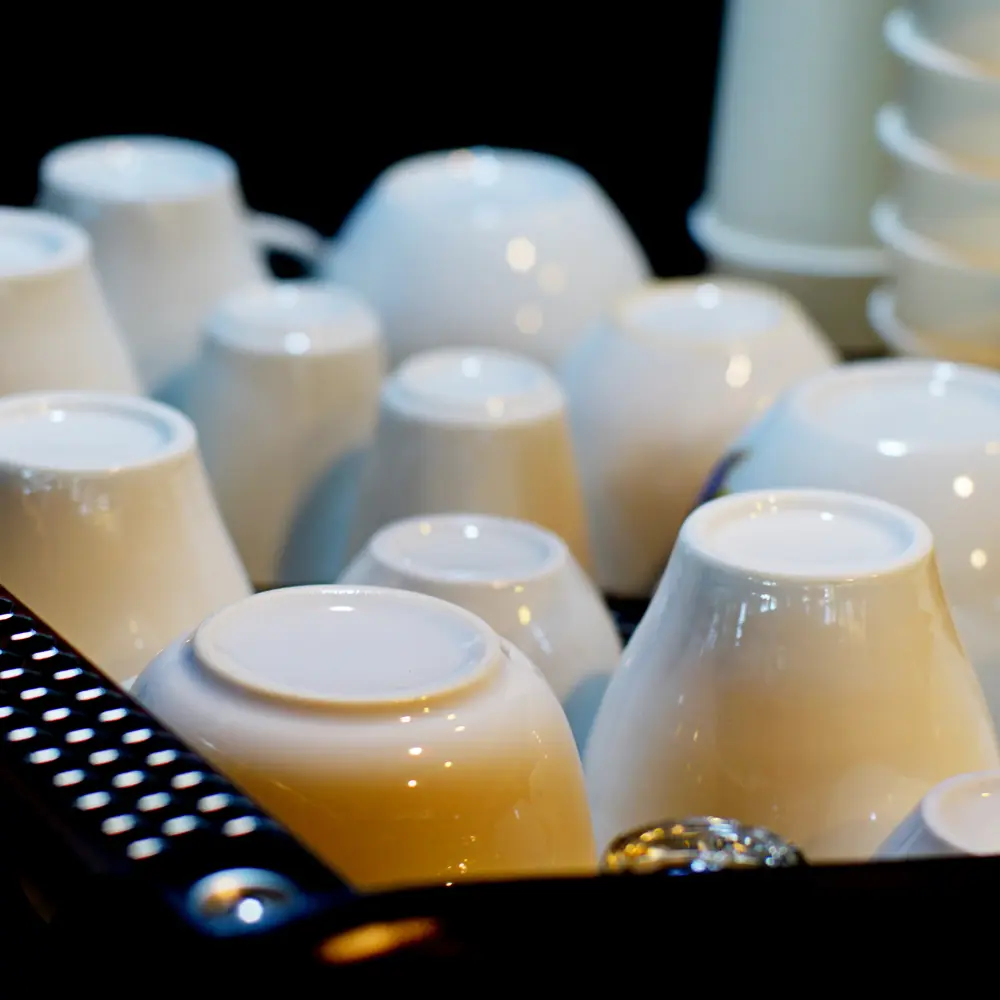
Proper storage plays a vital role in preventing mold growth in cups. Follow these tips for mildew-free cup storage:
Store cups upside down: After ensuring cups are thoroughly dried, store them upside down in a cupboard or on a shelf. This prevents dust or moisture from accumulating inside the cups.
Keep storage areas clean and dry: Regularly clean and dry cupboards or shelves where cups are stored. Ensure there are no leaks, spills, or excess humidity.
Regularly inspect cups: Periodically check your cups for signs of fungus or moisture, especially if they have not been used for some time. Address any mildew growth promptly to prevent it from spreading.
How to Maintain Optimal Humidity Levels in Your Home

Controlling humidity is crucial for preventing mildew growth not only in cups but also throughout your home. To maintain optimal humidity levels, consider these tips:
Use a dehumidifier: If you live in a humid environment, using a dehumidifier can help regulate moisture levels and prevent mildew growth. Aim for a humidity level between 30-50%.
Ensure proper ventilation: Ensure that your home is well-ventilated, particularly in areas where moisture is generated, such as the kitchen, bathroom, and laundry room. Use exhaust fans, open windows, or install vents to promote airflow.
Fix leaks and water damage: Address any leaks, water damage, or dampness in your home promptly to prevent mildew growth. Regularly inspect plumbing, roofs, and windows for signs of moisture.
Use moisture-absorbing materials: Place moisture-absorbing products, such as silica gel or charcoal-based absorbers, in cupboards or areas where mildew growth is a concern.
By adopting these preventive measures, you can minimize mildew growth in your cups and maintain a healthier home environment.
Identifying Mold in Cups
Recognizing mold growth in cups is crucial for addressing the issue promptly and preventing potential health risks. In this section, we will discuss how to identify fungus through visual signs, and smell, and when to seek professional help for its identification.
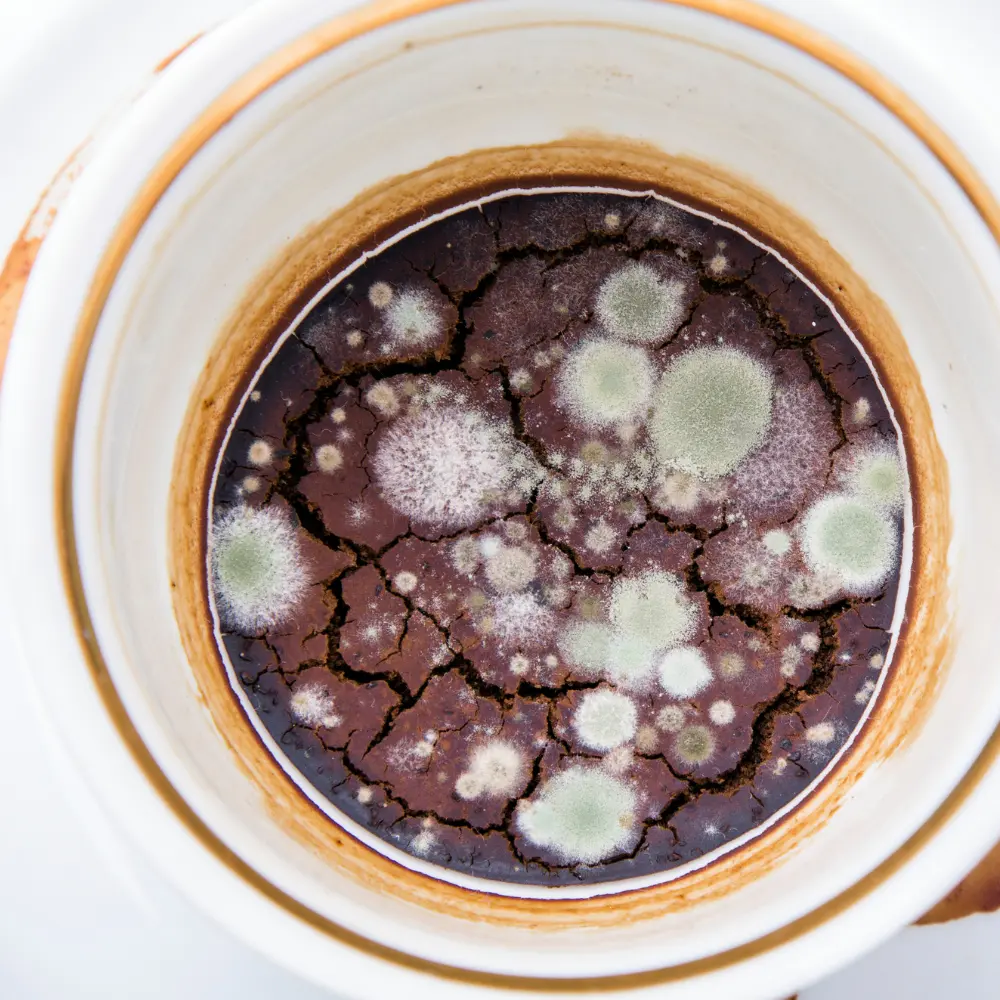
Visual Signs of Mold Growth
Mold growth in cups can present itself in various forms, colors, and textures. Some common visual signs of this growth include:
Discoloration: Mildew may appear as black, green, blue, yellow, or white spots or patches on the cup’s surface. This discoloration is often a clear indication of its presence.
Fuzzy or slimy texture: Mildew growth can have a fuzzy or slimy texture, which is usually visible on the surface of the cup or around the rim.
Stains: Mildew may leave behind stains on the cup, even after it has been removed or cleaned. These stains can be an indication of previous growth.
How to Recognize Mold by Smell
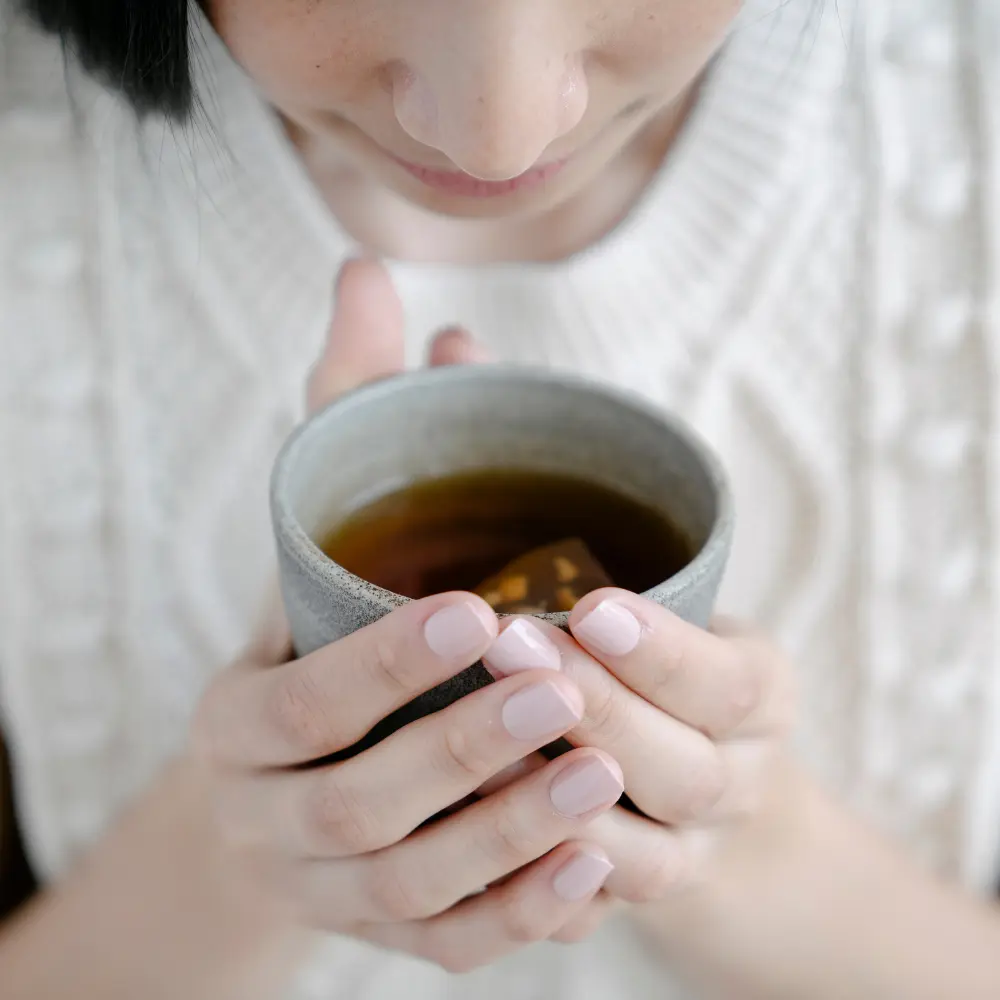
Fungus growth often produces a distinct odor, which can help you identify its presence in your cups. Some common smells include:
Musty or damp odor: Mildew often emits a musty or damp smell that is reminiscent of wet, decaying wood or old, damp basements.
Earthy or sour smell: Some mold species can produce an earthy or sour smell, similar to rotting leaves or sour milk.
Pungent or ammonia-like odor: Certain molds, particularly those producing mycotoxins, can emit a pungent or ammonia-like odor.
If you notice any of these odors coming from your cups, it’s essential to inspect them for mildew growth and address the issue immediately.
When to Seek Professional Help for Mold Identification

In some cases, it may be necessary to seek professional help for fungal growth identification and remediation. Consider consulting an expert if:
You suspect mildew growth but cannot locate its source: If you have a persistent odor or unexplained health symptoms but cannot find visible fungal growth, a professional can help identify the problem.
The mildew growth is extensive: If mildew growth covers a large area or has spread to multiple cups, professional assistance may be necessary to ensure proper removal and remediation.
You have an allergy or compromised immune system: If you are particularly sensitive to mold or have a weakened immune system, it’s crucial to rely on professionals for safety concerns.
By recognizing the signs of mold growth in cups and seeking professional help when necessary, you can protect your health and maintain a clean, mildew-free home.
Mold Removal Techniques
If you’ve identified mold growth in your cups, it’s essential to address the issue promptly to prevent further contamination and protect your health. In this section, we will discuss various mildew removal techniques, including natural solutions, commercial products, and when it’s necessary to discard moldy cups.
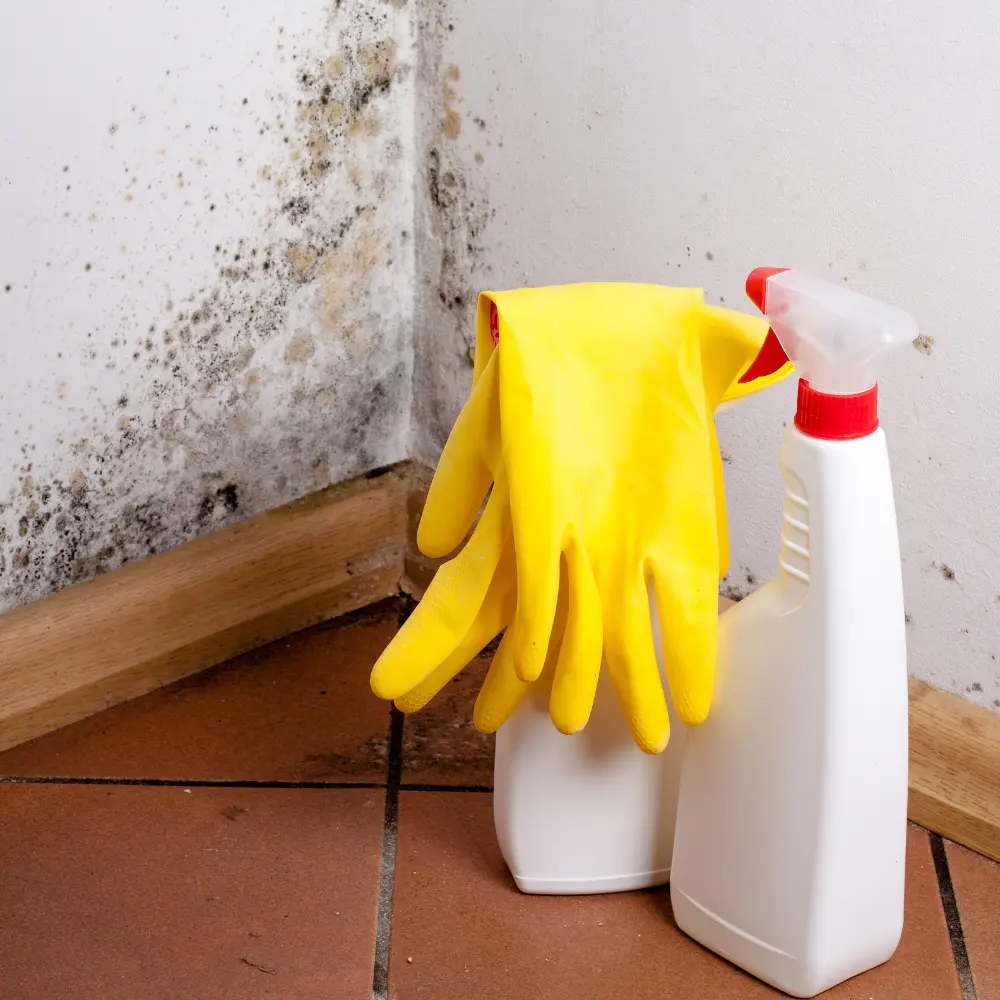
Natural Mold Removal Solutions
Natural mildew removal solutions are an eco-friendly and cost-effective option for eliminating mold from cups. These solutions can be found in most households and are generally safe for use. Some popular natural removal methods include:
White vinegar: Fill a spray bottle with undiluted white vinegar and spray it onto the moldy areas of the cup. Allow it to sit for 30 minutes to an hour, then scrub with a soft brush or sponge and rinse with warm water. The vinegar’s acidic nature helps to kill mildew spores and remove stains.
Baking soda: Mix one tablespoon of baking soda with water to create a paste. Apply the paste and let it sit. Scrub with a soft brush or sponge and rinse thoroughly with warm water. Baking soda is a natural disinfectant and mild abrasive that effectively removes mildew and stains.
Hydrogen peroxide: Pour 3% hydrogen peroxide into a spray bottle. Apply the solution to the moldy areas, let it sit for 10 minutes, then scrub with a soft brush or sponge and rinse with warm water. Hydrogen peroxide is a powerful antifungal and antibacterial agent that kills mildew and brightens surfaces.
Commercial Mold Removal Products
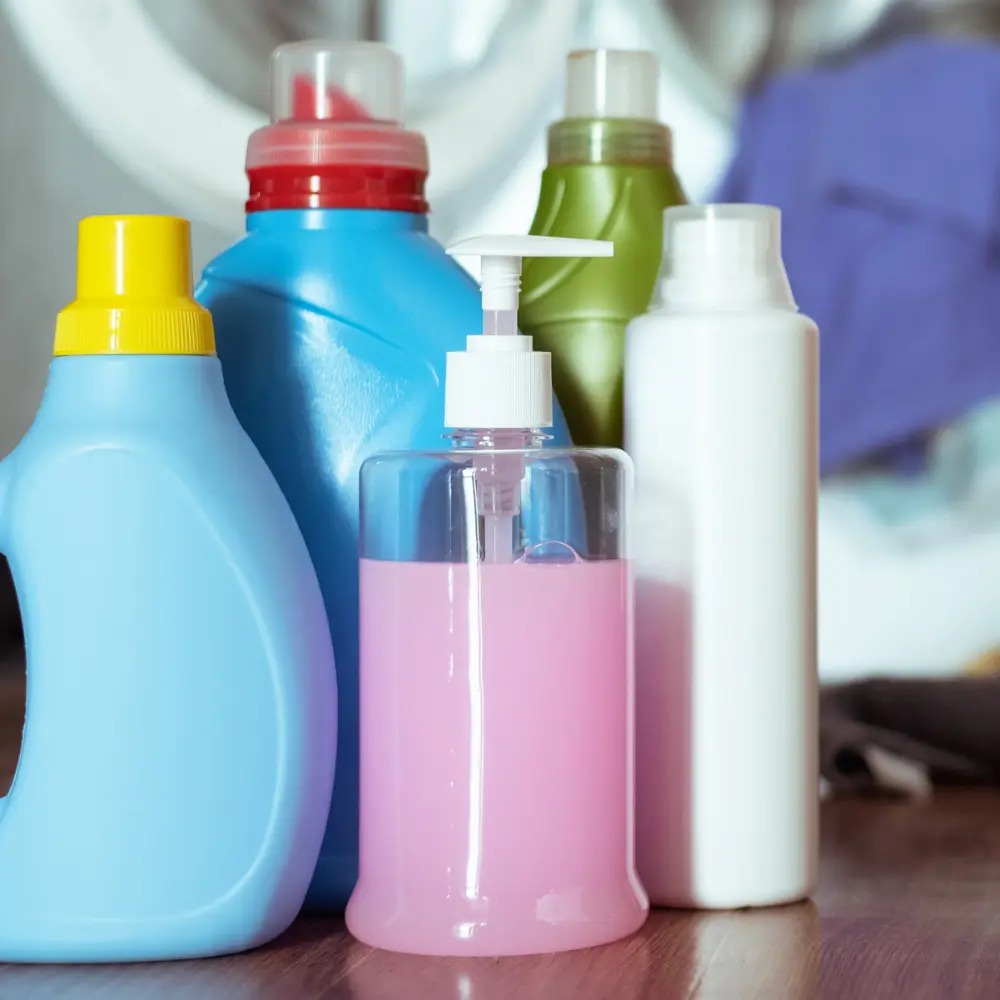
Commercial mold removal products offer a more potent solution for stubborn mildew growth or severe infestations. These products often contain powerful chemicals and should be used with caution. Follow the manufacturer’s instructions for safe and effective use. Some popular commercial removal products include:
Mold and mildew removers: These products are specifically designed to target mildew growth on various surfaces, including cups. They often contain bleach or other powerful cleaning agents that remove stains.
Multi-purpose cleaners with mold-killing properties: Some multi-purpose cleaners contain ingredients that effectively combat mildew growth. Look for products with antifungal and antibacterial properties.
Mold-resistant coatings: In cases where mildew growth is a persistent issue, applying this product to your cups can help prevent future growth. These coatings often contain antimicrobial agents that inhibit mildew development.
When to Discard Moldy Cups
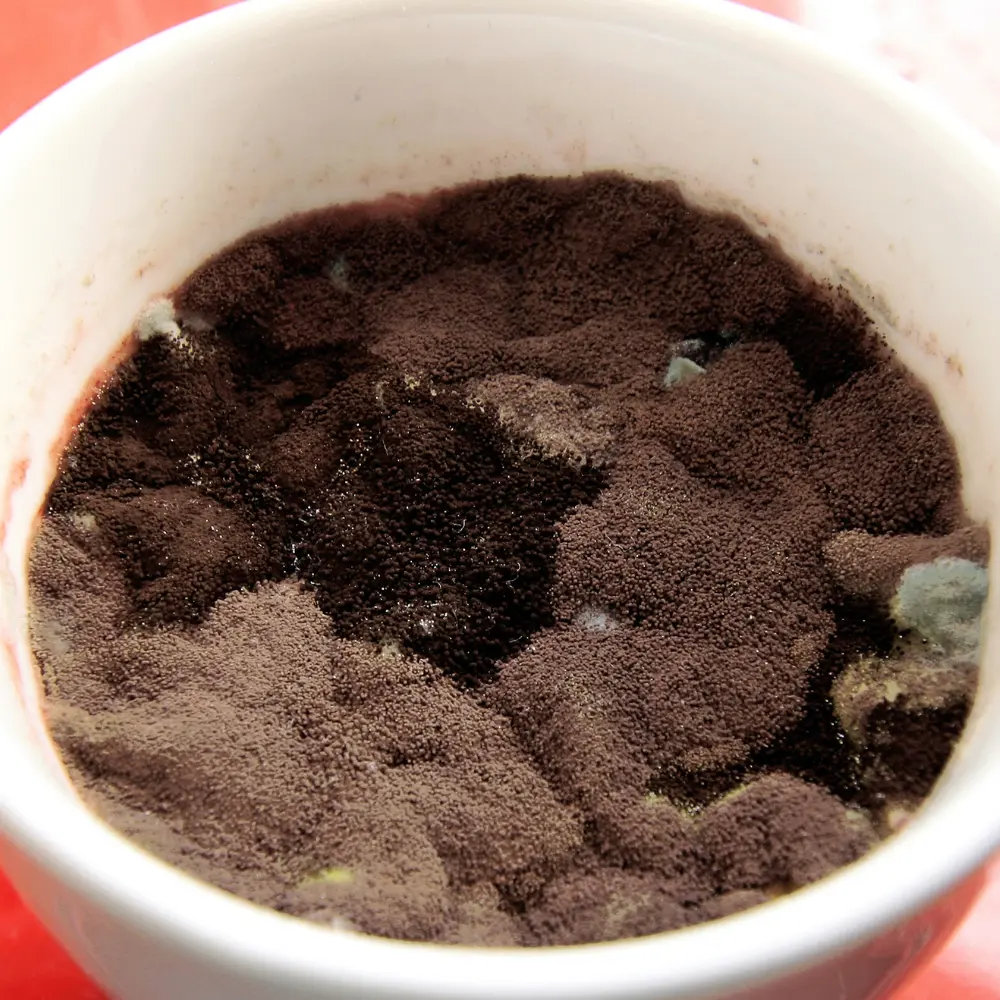
In some instances, it may be necessary to discard moldy cups rather than attempt to clean them. Consider disposing of your cups if:
Fungal growth is extensive: If mildew has spread throughout the cup and cannot be removed entirely, it’s best to discard the cup to avoid potential health risks.
The cup is damaged: Cracks, chips, or porous surfaces can make it difficult to remove fungal growth completely and may allow it to grow back quickly.
The cup is made of porous material: Cups made of porous materials, such as unglazed ceramics or wood, can harbor mold spores within their pores, making complete removal nearly impossible.
By employing the appropriate mildew removal techniques and knowing when to discard moldy cups, you can maintain a clean and healthy environment in your home.
Can Mold in Cups Make You Sick?

Mold growth in cups can pose health risks, particularly if ingested or inhaled. While not all mold species are harmful, some can produce mycotoxins, which are toxic substances that can lead to various health issues. The severity of the health problems caused by mildew exposure depends on its type, the extent of exposure, and individual sensitivity. Some common health concerns include: (5)
Allergic reactions: fungal growth can trigger allergic reactions in sensitive individuals, causing symptoms such as sneezing, runny nose, itchy eyes, skin rash, and asthma attacks.
Respiratory issues: Inhaling mold spores can lead to respiratory problems, including coughing, wheezing, and difficulty breathing. People with pre-existing respiratory conditions, such as asthma or chronic obstructive pulmonary disease (COPD), may experience more severe symptoms.
Immune system suppression: Prolonged exposure to mildew can weaken the immune system, making individuals more susceptible to infections.
Toxic mold syndrome: In rare cases, exposure to toxic mold species, such as Stachybotrys chartarum (also known as “black mold”), can lead to severe health problems, including neurological symptoms, organ damage, and, in extreme cases, death. (6)
To protect yourself and your family from the potential health risks associated with mold in cups, it’s essential to maintain proper cleaning and storage practices, monitor humidity levels, and address any fungal growth promptly.
Tips for Cleaning Reusable Cups and Bottles

Proper cleaning and maintenance of reusable cups and bottles are essential to prevent fungal growth and ensure a hygienic drinking experience. Here are some helpful tips for effectively cleaning and caring for your reusable cups and bottles:
Disassemble all parts: When cleaning your reusable cups and bottles, disassemble all removable parts, such as lids, straws, and seals. This ensures you can thoroughly clean each component and prevent mildew from hiding in hard-to-reach areas.
Use warm, soapy water: Fill your cup or bottle with warm, soapy water and let it soak for a few minutes. Use a soft brush or sponge to scrub the interior and exterior surfaces, paying close attention to the bottom and any crevices where the fungus may accumulate.
Clean lids and straws: Use a small brush or pipe cleaner to clean the inside of lids, straws, and any other small components. This helps remove any trapped moisture or debris that could lead to mildew growth.
Use a bottle brush: To reach the interior of your cups and bottles effectively, use a long-handled bottle brush. This will help you clean the bottom and sides of the container more thoroughly, ensuring no mold or bacteria are left behind.
Store with lids off: When storing your reusable cups and bottles, keep the lids off or slightly ajar to promote air circulation and prevent moisture buildup inside.
By following these cleaning tips, you can ensure your reusable cups and bottles remain clean and hygienic, and provide a safe and enjoyable drinking experience.
Conclusion
In conclusion, mold growth in cups can pose health risks and negatively impact the quality of your beverages. By understanding the causes of mildew growth and following proper cleaning and storage techniques, you can effectively prevent mold from developing in your cups. This comprehensive guide has provided you with expert tips for identifying fungal growth, addressing stubborn stains, and maintaining reusable cups and bottles. Armed with this knowledge, you can confidently tackle any mildew-related issues and ensure a clean, hygienic drinking experience for you and your family. Remember, regular inspection and prompt action are key to keeping your cups mildew-free and preserving your health.
FAQ
How Can I Prevent Mold Growth in Cups Used for Storing Food?
To prevent mildew growth in cups used for storing food, ensure proper cleaning, complete drying, and airtight sealing before storage.
How Often Should I Clean Reusable Water Bottles to Prevent Mold Growth?
Clean reusable water bottles after each use to prevent mildew growth.
Is It Safe to Use Bleach for Mold Removal in Cups?
It is safe to use bleach for mold removal in cups if the material is bleach-resistant; always follow the manufacturer's guidelines and dilute the bleach properly.
Can Mold in Cups Damage My Dishwasher?
Mold in cups is unlikely to damage your dishwasher, but cleaning moldy cups before placing them in the dishwasher will ensure better hygiene.











